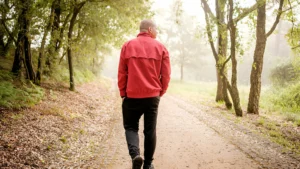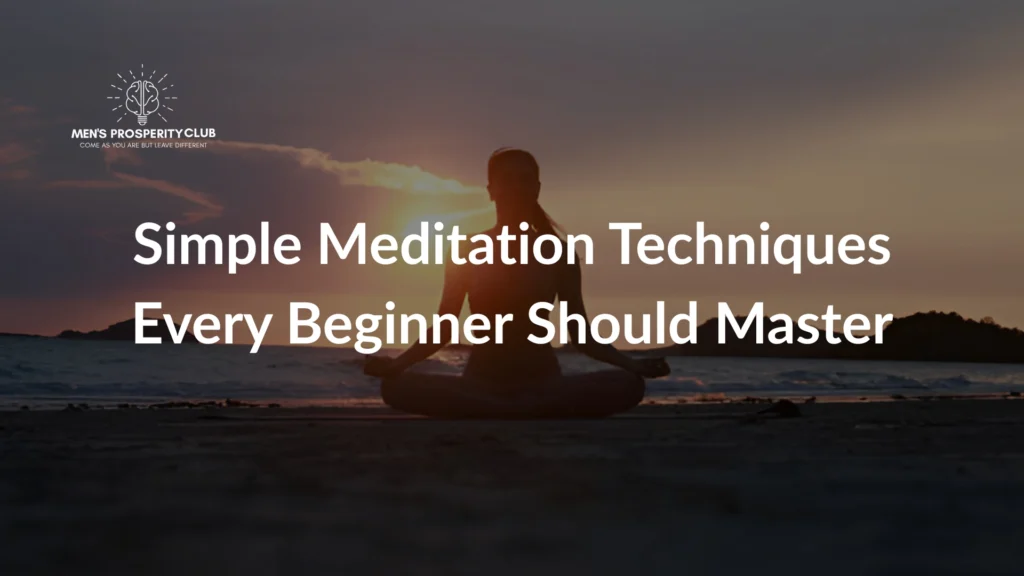Starting your meditation journey can feel overwhelming, particularly when you’re bombarded with countless techniques and philosophies. However, meditation doesn’t require years of training or perfect silence to be effective. Indeed, even five minutes of daily practice can transform your mental wellbeing significantly.
Why Meditation Matters More Than Ever
Modern life constantly demands our attention. Consequently, our minds rarely experience genuine rest, leading to increased stress, anxiety, and mental fatigue. With work-related mental health issues costing the UK economy £57.4 billion annually and nearly 10% of UK adults taking time off for mental health reasons over the past year, meditation offers a powerful antidote to this crisis.
Research consistently demonstrates that regular meditation reduces cortisol levels, improves focus, and strengthens emotional resilience. Furthermore, neuroimaging studies reveal that meditation literally rewires the brain, increasing grey matter in areas associated with learning and memory whilst reducing activity in the amygdala, our brain’s fear centre.
In the UK, 16 percent of adults had learnt to practice mindfulness by 2021, with the NHS actively promoting mindfulness as an evidence-based approach for managing stress, anxiety, and depression. Recent British research published in the Journal of Health Psychology found that just ten minutes of daily mindfulness practice can improve wellbeing, ease depression and anxiety and help people to be more motivated.
Essential Preparation: Setting Yourself Up for Success
Before diving into specific techniques, proper preparation ensures your meditation practice thrives rather than flounders. First, pick a calm place where there won’t be many disruptions. This doesn’t mean you need a dedicated meditation room; even a corner of your bedroom works perfectly well.
Next, establish a consistent schedule. Morning sessions often work best because your mind is naturally clearer upon waking. However, the most important factor is consistency rather than perfection. Even if you can only manage three minutes initially, regular practice trumps occasional lengthy sessions every time.
Additionally, invest in comfortable seating. Whilst traditional lotus positions look impressive, comfort should always take priority. A sturdy chair with back support works excellently for beginners, allowing you to focus on the practice rather than physical discomfort.

Technique One: Breath Awareness Meditation
Breath awareness forms the foundation of virtually every meditation tradition, making it the perfect starting point for newcomers. This technique involves simply observing your natural breathing patterns without attempting to control them.
Begin by sitting comfortably with your spine straight but not rigid. Start to focus on your breath as you slowly close your eyes. Notice where you feel the sensation most clearly – perhaps at your nostrils, chest or abdomen. Then, simply observe each inhale and exhale without judgement.
When your mind inevitably wanders (and it will), gently redirect your attention back to your breath. This redirection isn’t failure; it’s the actual practice. Think of it as mental gym training – each time you notice your mind wandering and bring it back, you’re strengthening your attention muscle.
Start with five-minute sessions and gradually increase the duration as your concentration improves. Most beginners find that after two weeks of consistent practice, ten-minute sessions become comfortable and enjoyable.
Technique Two: Body Scan Meditation
Body scan meditation cultivates awareness of physical sensations whilst promoting deep relaxation. This technique proves particularly beneficial for those who struggle with traditional breath-focused methods or carry significant physical tension.
Lie down comfortably on your back with arms at your sides. Begin by taking three deep breaths, allowing your body to settle with each exhale. Then, bring your attention to the top of your head, noticing any sensations present – warmth, tingling, tension, or perhaps nothing at all.
Slowly move your attention down through your body: forehead, eyes, cheeks, jaw, neck, shoulders, and so forth. Spend approximately 30 seconds on each area, simply observing without trying to change anything. If you encounter tension, acknowledge it without judgement and continue your journey downwards.
Complete the scan by focusing on your toes, then take a moment to sense your entire body as one unified whole. This technique typically takes 15-20 minutes and often leaves practitioners feeling deeply relaxed and centred.
Technique Three: Loving-Kindness Meditation
Loving-kindness meditation develops compassion and positive emotions, making it particularly valuable for those struggling with self-criticism or relationship difficulties. This technique involves directing well-wishes towards yourself and others through specific phrases.
Start by sitting comfortably and closing your eyes. Begin with yourself, silently repeating phrases such as “May I be happy, may I be healthy, may I be at peace, may I live with ease.” Focus on generating genuine goodwill rather than merely reciting words mechanically.
After spending several minutes on yourself, extend these wishes to someone you love dearly. Visualise them clearly and repeat the same phrases, replacing “I” with “you.” Subsequently, include a neutral person – perhaps someone you’ve encountered but don’t know well, such as a shopkeeper or bus driver.
The practice traditionally progresses to include someone with whom you have difficulties, though beginners shouldn’t feel pressured to reach this stage immediately. Finally, extend loving-kindness to all living beings everywhere.

Technique Four: Mindful Walking
Mindful walking provides an excellent alternative for those who struggle with seated meditation or prefer movement-based practices. This technique transforms ordinary walking into a meditative experience by bringing full attention to the physical act of movement.
Choose a quiet path approximately 10-20 steps long, either indoors or outdoors. Begin walking at roughly half your normal pace, paying attention to the lifting, moving, and placing of each foot. Notice the shifting of weight from one leg to another and the subtle balance adjustments your body makes automatically.
When you reach the end of your path, pause briefly, turn around mindfully, and repeat the process. If your mind wanders to planning or daydreaming, gently return your attention to the physical sensations of walking.
This technique works particularly well during lunch breaks or when you need a mental reset during busy days. Even five minutes of mindful walking can significantly reduce stress and increase clarity.
Common Challenges and Solutions
Every beginning meditator encounters obstacles, and understanding these challenges helps prevent discouragement. The most common difficulty is the wandering mind, which many interpret as failure. However, noticing when your mind wanders actually demonstrates growing awareness – the very goal of meditation.
Another frequent challenge involves expecting immediate results. Whilst some benefits appear quickly, meditation’s most profound effects develop gradually through consistent practice. Approach meditation like learning a musical instrument: progress comes through regular practice rather than occasional intense sessions.
Physical discomfort also troubles many beginners. Remember that meditation isn’t an endurance test; adjust your position whenever necessary to maintain comfort and focus.
Building a Sustainable Practice
Consistency matters more than duration when establishing a meditation habit. Start with just five minutes daily and gradually increase the length as your practice stabilises. Many successful meditators find that linking meditation to an existing habit (such as morning coffee) helps ensure regularity.
The Mental Health Foundation emphasises that small, consistent practices create lasting change in mental wellbeing. Track your practice using a simple journal or smartphone app, noting the duration and technique used. This accountability often provides motivation during challenging periods when enthusiasm naturally wanes.
Most importantly, approach meditation with curiosity rather than self-judgement. Some sessions will feel wonderful, others challenging – both experiences contribute to your growth and understanding.
Your Meditation Journey Begins Today
Meditation offers profound benefits that extend far beyond the practice session itself. By starting with these fundamental techniques and maintaining consistent practice, you’ll gradually develop the mental clarity, emotional balance, and inner peace that meditation promises.
Remember that every expert was once a beginner. Your meditation journey is uniquely yours, so progress at your own pace whilst maintaining the regularity that allows these ancient practices to work their quiet magic in your modern life.




